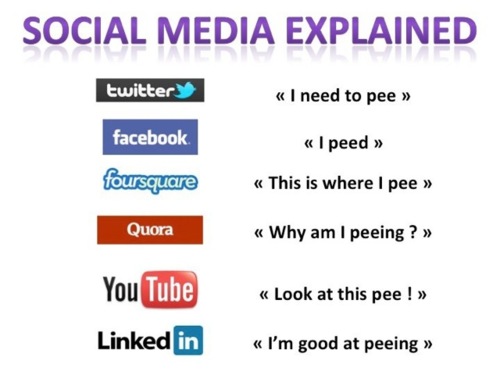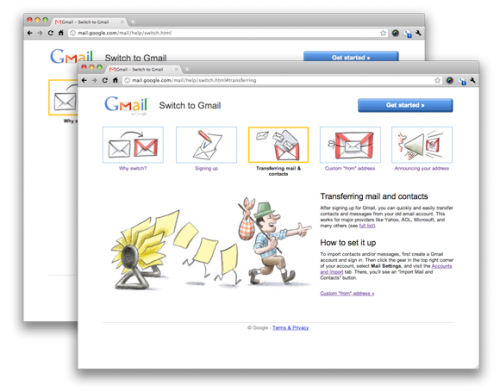I’ve heard plenty of rumors about an upcoming Google social network. I have no idea if they are true, and really I don’t care. I have enough social networks as it is. But what I haven’t heard about until now is Google +1 – a new recommendation engine that Google is trying out.
[youtube=http://www.youtube.com/watch?v=OAyUNI3_V2c]
At first, when I read about Google +1 and that it was yet another attempt for recommendation engine for Google search results, I didn’t think it was interesting at all. There were a number of tries in that area – some of them long gone, some still alive. I’m talking about results reordering via drag-and-drop, starring of result items, and others.
All of them shared the same problem – promoting items from within search results doesn’t work very well, because the user hasn’t yet visited the page itself. He’s eager to navigate away from the results. And on top of that, page title, description, and a thumbnail aren’t always enough to make a judgement.
On the other hand, recommendation engines are doing pretty well with social networks like Facebook, Digg, Twitter, and others. Every other page on the web has a share button that supports one or more social networks. And people use those. Even though sharing pages on Facebook and Twitter might be useful, it isn’t as useful as increasing the karma of those pages in order to rank them higher in your future search results.
That’s where Google +1 comes in. It makes perfect sense. Now you can search Google, visit the results, and +1 those of them that you liked (and, of course, those of them that support the Google +1 sharing). Not only it would be trivial to push those +1 to other social networks, but also now users have way more stimuli to share things, since that would improve their own search results.
Google +1 is yet available to everyone. Google will take some time to roll it out. But if you want to try it out now, you can enable it on experimental page.
 Via
Via 